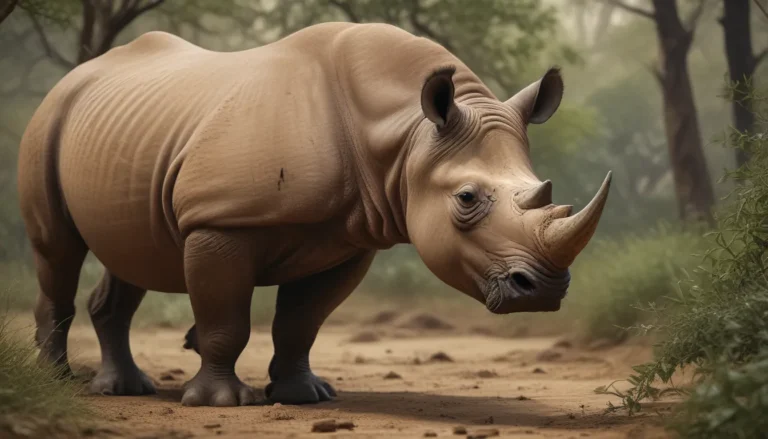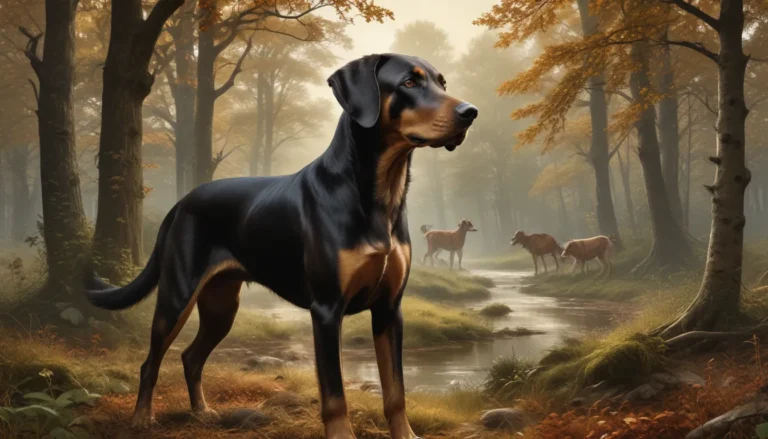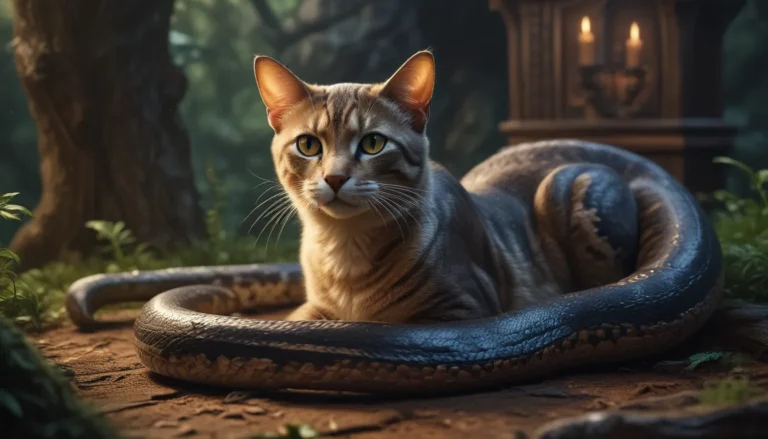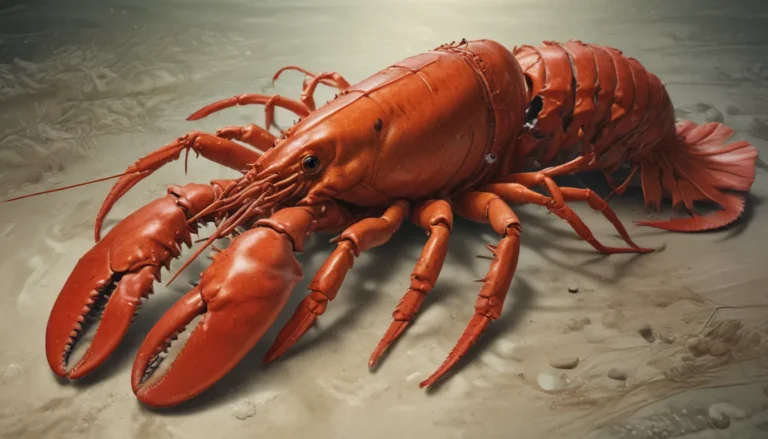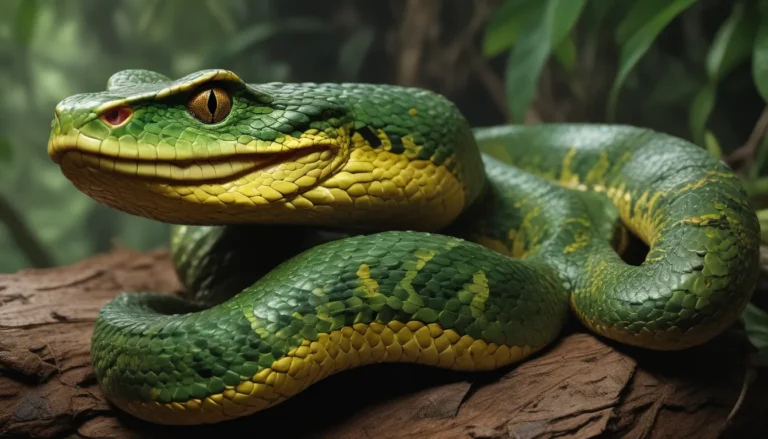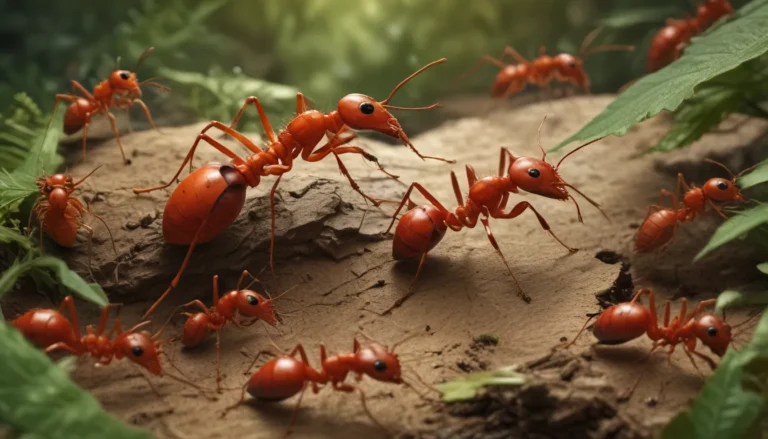The pictures we use in our articles might not show exactly what the words say. We choose these pictures to make you interested in reading more. The pictures work together with the words but don’t take their place. The words still tell you the important facts.
Mustang horses have long captured the imagination of people around the world. These wild and free-spirited creatures embody the essence of the American West, roaming freely across vast landscapes. In this post, we'll explore 15 interesting facts about Mustang horses that will leave you in awe of these magnificent animals. From their rich history to their unique characteristics and the challenges they face today, we'll delve deep into the world of Mustangs.
1. Spanish Origins
Mustang horses are descendants of Spanish horses brought to North America by conquistadors in the 16th century. This fascinating journey began in 1493 when Christopher Columbus brought horses to the West Indies on his second voyage. By 1519, horses had reached the mainland with the arrival of Hernán Cortés.
The story of Mustangs truly began to unfold in 1598 when Juan de Oñate founded Santa Fe de Nuevo México. From an initial group of just 75 horses, Oñate expanded his herd to 800, laying the foundation for the vast populations of wild horses that would eventually roam the American West.
These hardy and resilient animals have a rich history that spans over four centuries, adapting to the diverse landscapes of North America and becoming an integral part of the continent's ecosystem and culture.
2. The Meaning Behind the Name
The word "mustang" comes from the Spanish word "mestengo" or "mostrenco," which means "stray" or "ownerless." This term perfectly captures the essence of these free-roaming horses. The etymology of the word provides a glimpse into the historical context of these horses:
- Mestengo referred to livestock of uncertain ownership in medieval Spain.
- The term was associated with the powerful Mesta, a merino sheep ranchers' guild.
- By the 15th century, mestengo was used to describe animals that were "wild, having no master."
The evolution of the word "mustang" reflects the journey of these horses from domesticated animals to symbols of freedom in the American West.
3. Not Truly Wild
Although often referred to as "wild horses," mustangs are actually feral horses. This distinction is important for understanding their nature and history:
- Feral animals are those that have descended from domesticated ancestors but have returned to a wild state.
- True wild horses, like the now-extinct tarpan, have never been domesticated.
- Mustangs retain many characteristics of their domestic ancestors, which influences their behavior and physiology.
This feral status has implications for how Mustangs are managed and perceived in modern times. It's a reminder of their complex history and the intertwining of human and equine stories in the Americas.
4. Incredible Adaptability
Mustangs are known for their remarkable ability to thrive in harsh environments. This adaptability is a key factor in their survival and success as feral animals. Some notable aspects of their adaptability include:
- Surviving on sparse vegetation in arid regions
- Navigating rugged terrains with ease
- Withstanding extreme temperatures, both hot and cold
- Developing resistance to local diseases and parasites
- Efficient use of limited water resources
Their adaptability is a testament to the hardiness of their Spanish ancestors and the power of natural selection in shaping robust, resilient populations.
5. Diverse Coat Colors
One of the most visually striking aspects of mustangs is their diverse coat colors. This variety is a result of their mixed ancestry and the influence of various domestic horse breeds over the centuries. Mustangs can display:
- Solid colors: black, bay, chestnut, sorrel, and white
- Dilute colors: palomino, buckskin, and cremello
- Patterns: pinto, appaloosa, and roan
Some mustang herds are known for specific color traits. For example, the Kiger Mustangs are famous for their dun color, which is believed to be a link to their Spanish ancestors.
The diversity in coat colors not only adds to the beauty of Mustang herds but also serves practical purposes in their natural habitat, providing camouflage in various environments.
6. Strong Herd Instinct
Mustangs possess a strong herd instinct, forming tight-knit family groups known as bands. This social structure is crucial for their survival in the wild. Key aspects of Mustang herd behavior include:
- Bands typically consist of a dominant stallion, several mares, and their offspring
- Younger stallions often form "bachelor bands" until they can establish their own family groups
- Herds have a clear hierarchy, with the lead mare often guiding the group to food and water
- Collective vigilance helps protect the herd from predators
- Social grooming strengthens bonds between herd members
This strong social structure has allowed Mustangs to thrive in challenging environments and has contributed to their legendary resilience.
7. Impressive Lifespan
The average lifespan of a mustang horse ranges between 20 and 30 years. This longevity is impressive, especially considering the harsh conditions many wild Mustangs face. Factors contributing to their lifespan include:
- Natural selection favoring hardy individuals
- Adaptation to local environments and food sources
- Strong immune systems developed through exposure to various challenges
- Lack of human interference in breeding, allowing for genetic diversity
With proper care and nutrition, domesticated Mustangs can live even longer, sometimes reaching their mid-30s.
8. Unique Hoof Structure
Mustangs have developed a unique hoof structure that enables them to navigate rough terrain effortlessly. This adaptation is crucial for their survival in the wild and is one of the most distinctive features of these horses. Key aspects of Mustang hooves include:
- Exceptionally hard and dense hoof walls
- Concave soles that provide natural traction
- Self-trimming ability due to constant movement on abrasive surfaces
- Resistance to common hoof problems that plague domestic horses
These tough, self-maintaining hooves allow Mustangs to traverse rocky landscapes and withstand harsh conditions without the need for human intervention.
9. Influence on Other Horse Breeds
As wild horses, mustangs have contributed to the development of other horse breeds through interbreeding with domesticated horses. This genetic exchange has had a significant impact on the equine world:
- The American Quarter Horse has been influenced by Mustang genetics, contributing to its hardiness and cow sense
- Some gaited horse breeds show traits that may have originated from Spanish horses that became Mustangs
- The Nokota horse of North Dakota is believed to have significant Mustang influence
The hardy traits of Mustangs have been valued by breeders looking to improve the stamina, sure-footedness, and resilience of various horse breeds.
10. Symbol of Freedom
The wild mustang represents freedom and the untamed spirit of the American West. This symbolic status has deep roots in American culture:
- In 1971, the U.S. Congress officially recognized mustangs as a "living symbol of the historic and pioneer spirit of the West"
- Mustangs feature prominently in Western literature, art, and films
- They are often used as mascots for sports teams and in corporate logos to represent strength and freedom
- The image of a running Mustang is featured on the Nevada state quarter
This symbolic importance has played a crucial role in efforts to protect and preserve Mustang populations.
11. Protected Status
In 1971, the Wild and Free-Roaming Horses and Burros Act was passed to protect mustangs and provide for their management on public lands. This landmark legislation:
- Declared Mustangs as "living symbols of the historic and pioneer spirit of the West"
- Made it a crime to harass, capture, or kill wild horses on public lands
- Tasked the Bureau of Land Management (BLM) with managing and protecting wild horse populations
- Established guidelines for the humane capture and adoption of excess horses
While the Act has been crucial in preserving Mustang populations, it has also led to ongoing debates about land use and resource management.
12. Impressive Speed
Mustang horses are known for their agility and speed, capable of running at speeds of up to 55 miles per hour! This incredible speed has been essential for their survival in the wild. Some interesting points about Mustang speed include:
- Their speed is comparable to that of domesticated racing breeds
- Mustangs can maintain a steady gallop for long distances, showcasing their endurance
- Their agility allows them to navigate rough terrain at high speeds
- This speed has historically helped them evade predators and human capture
The combination of speed and stamina makes Mustangs formidable runners, adapted perfectly to life in open landscapes.
13. Excellent Survival Instincts
Mustangs possess strong instincts that help them thrive in the wild. These instincts have been honed over generations of living freely:
- Keen senses of hearing, sight, and smell help detect predators and find resources
- Strong fight-or-flight responses aid in quick decision-making
- Ability to locate water sources over long distances
- Natural wariness of unfamiliar objects or situations
- Instinctive knowledge of which plants are safe to eat
These survival instincts make Mustangs highly adaptable and resilient, allowing them to thrive in diverse and challenging environments.
14. Versatility in Training
Despite their wild origins, mustangs can be trained and make excellent riding horses. When gentled and trained, Mustangs are known for:
- Sure-footedness on various terrains
- Stamina and endurance, making them excellent for long-distance riding
- Versatility in disciplines such as trail riding, endurance racing, and ranch work
- Intelligence and quick learning abilities
- Strong bond formation with their handlers
Organizations like the Mustang Heritage Foundation host events like the Extreme Mustang Makeover to showcase the trainability and versatility of Mustangs, helping to increase adoption rates.
15. Population Management Challenges
The Bureau of Land Management (BLM) is responsible for managing and protecting wild mustang herds in the United States. However, this task presents significant challenges:
- Rapid population growth: Mustang herds can increase by up to 20% annually
- Limited natural predators to control population
- Competing demands for land use with livestock grazing
- Balancing herd sizes with available resources to prevent overgrazing
- Controversies surrounding roundup methods and long-term holding facilities
The BLM uses various methods to manage populations, including:
- Adoption programs to place captured horses with private owners
- Fertility control measures to slow population growth
- Establishing Appropriate Management Levels (AMLs) for each Herd Management Area
These management efforts continue to be a topic of debate among conservationists, ranchers, and horse advocates.
The Genetic Diversity of Mustangs
One fascinating aspect of Mustang populations is their genetic diversity. Despite descending from a relatively small number of Spanish horses, Mustangs have maintained and even increased their genetic variability over the centuries. This is due to several factors:
- Interbreeding with escaped domestic horses of various breeds
- Natural selection favoring adaptability and hardiness
- Isolation of different herds leading to unique genetic profiles
Some Mustang herds, like the Kiger Mustangs, have been found to have genetic markers closely linked to their Spanish ancestors. This genetic diversity is not only interesting from a scientific perspective but also crucial for the long-term health and adaptability of Mustang populations.
Mustangs in Native American Culture
The introduction of horses, including those that would become Mustangs, had a profound impact on Native American cultures, particularly on the Great Plains. Some key points include:
- Horses revolutionized hunting, warfare, and transportation for many tribes
- Many Native American tribes developed sophisticated horse cultures
- Some tribes, like the Comanche, became renowned for their horsemanship
- Horses played significant roles in Native American spiritual and cultural practices
The relationship between Native Americans and horses, including Mustangs, is a crucial part of North American history and continues to be important in many indigenous communities today.
Mustangs in Modern Times
Today, Mustangs face numerous challenges but also enjoy a special place in American culture:
- Wild populations are managed on public lands in several western states
- Adoption programs allow individuals to own and train Mustangs
- Mustangs participate in various equestrian disciplines, showcasing their versatility
- Conservation efforts aim to protect the most genetically unique herds
- Debates continue about the best ways to manage and protect these iconic animals
As we move further into the 21st century, the future of Mustangs remains a topic of great interest and concern for horse enthusiasts, conservationists, and policymakers alike.
Conclusion
Mustang horses are truly remarkable creatures that have captured the hearts of horse enthusiasts and nature lovers alike. From their Spanish origins to their symbolic importance in American culture, these free-roaming horses continue to fascinate and inspire us.
Their incredible adaptability, diverse coat colors, and strong social bonds make them a unique and cherished part of our natural heritage. The challenges they face in modern times, from population management to habitat preservation, remind us of the complex relationship between humans and wildlife.
As we continue to learn more about these magnificent animals, it's crucial that we work towards their conservation and ensure that future generations can appreciate the beauty and spirit of the mustang. Whether you're a horse lover, a history buff, or simply intrigued by the wonders of nature, the world of Mustang horses offers endless opportunities for discovery and appreciation.
The story of the Mustang is not just about horses; it's about resilience, freedom, and the enduring spirit of the American West. As we face the challenges of preserving these living symbols of our heritage, we are also preserving a part of our own history and identity.

